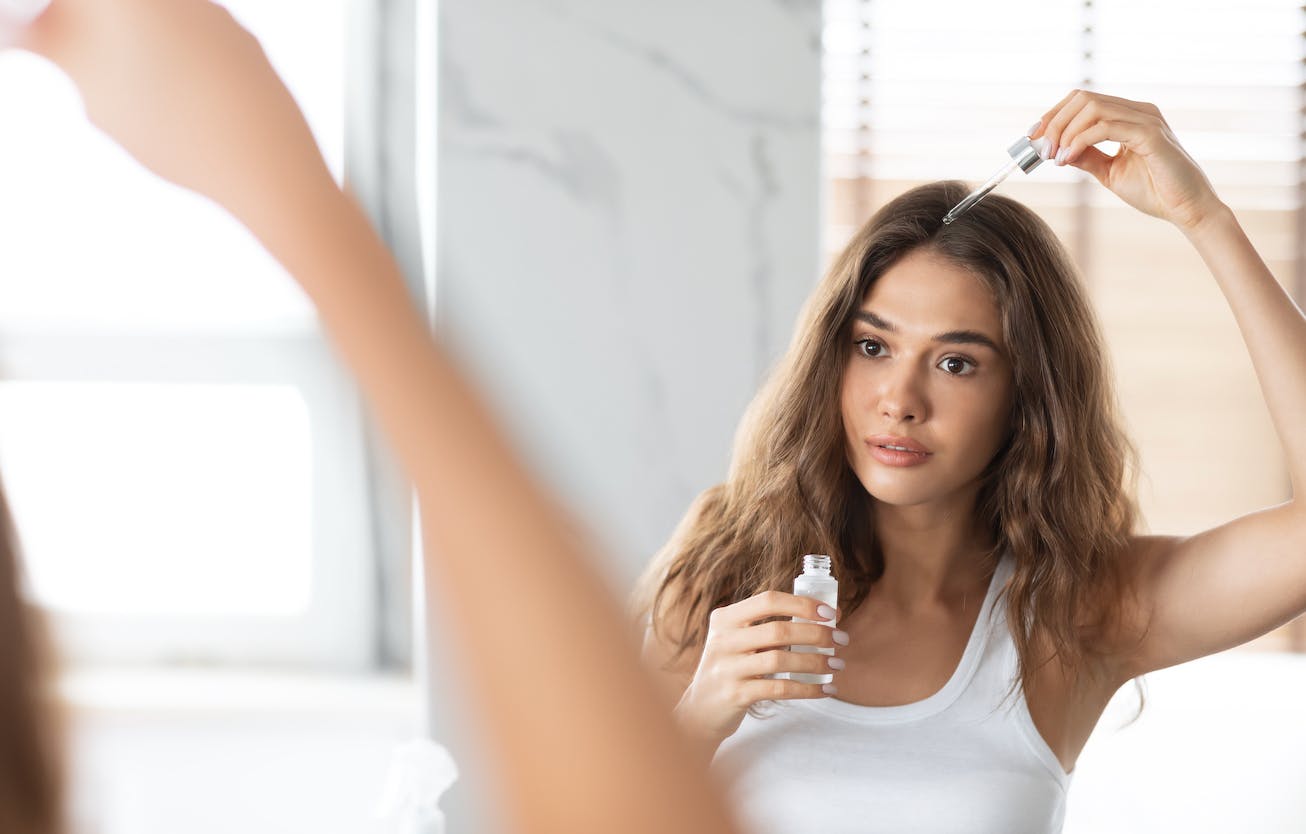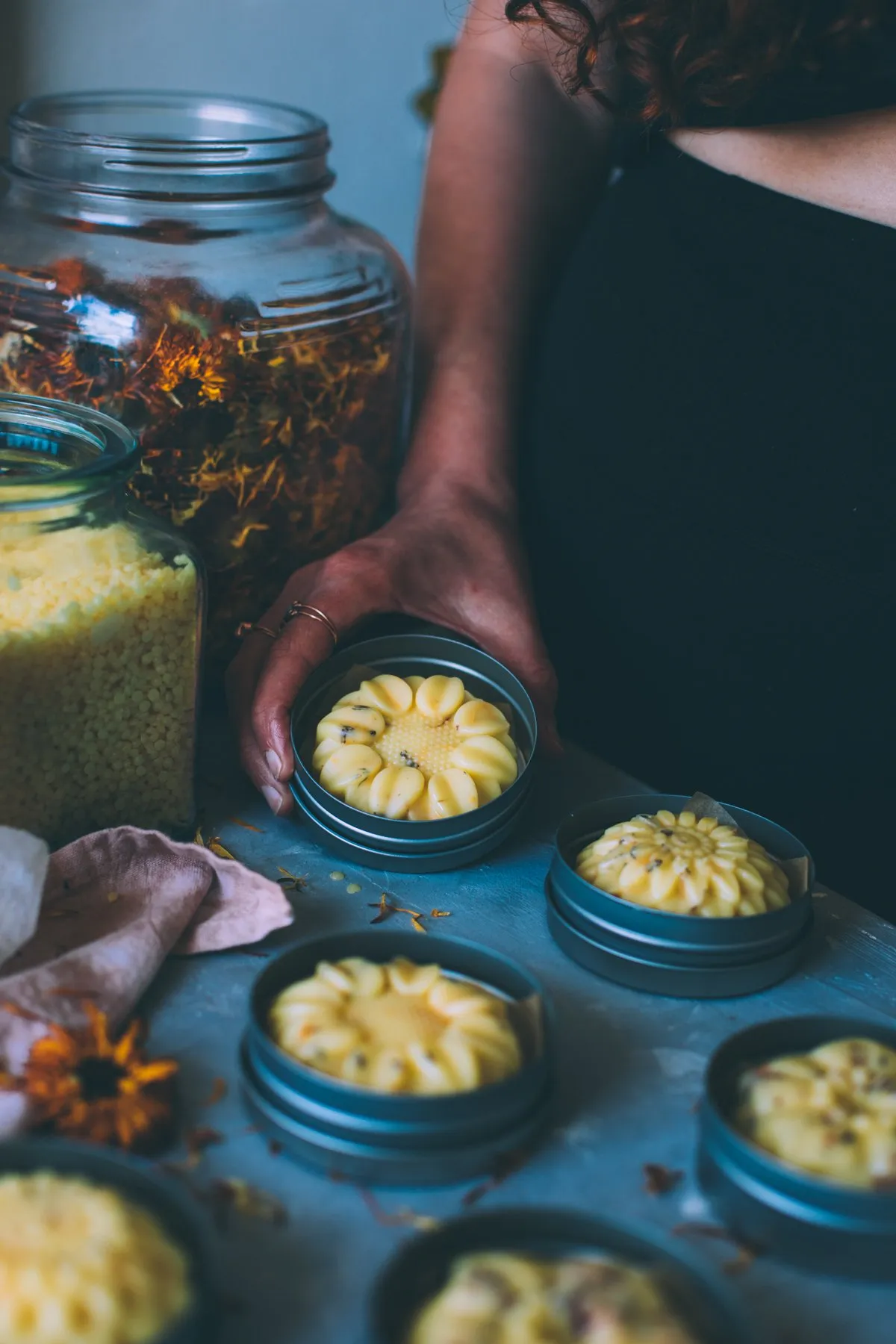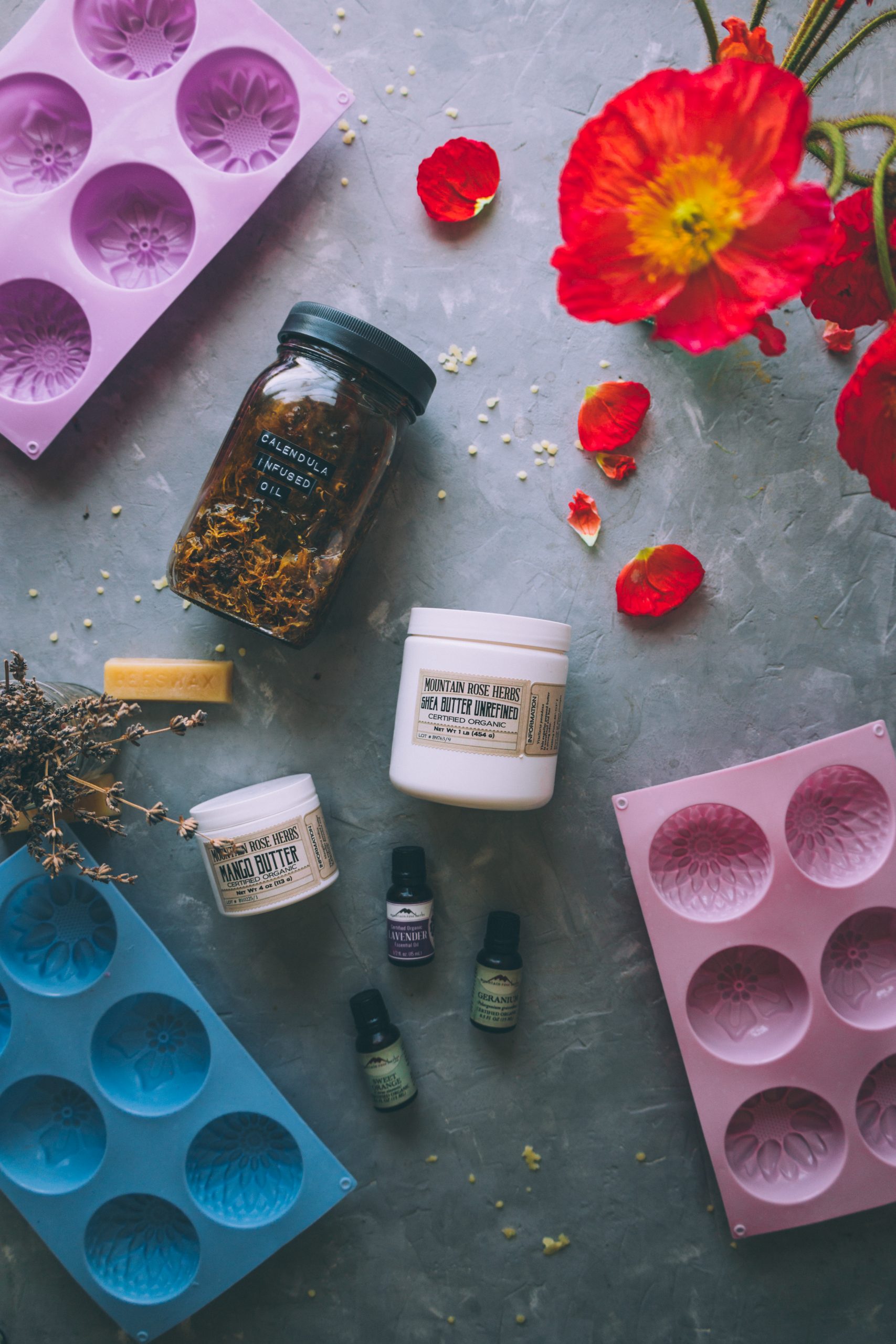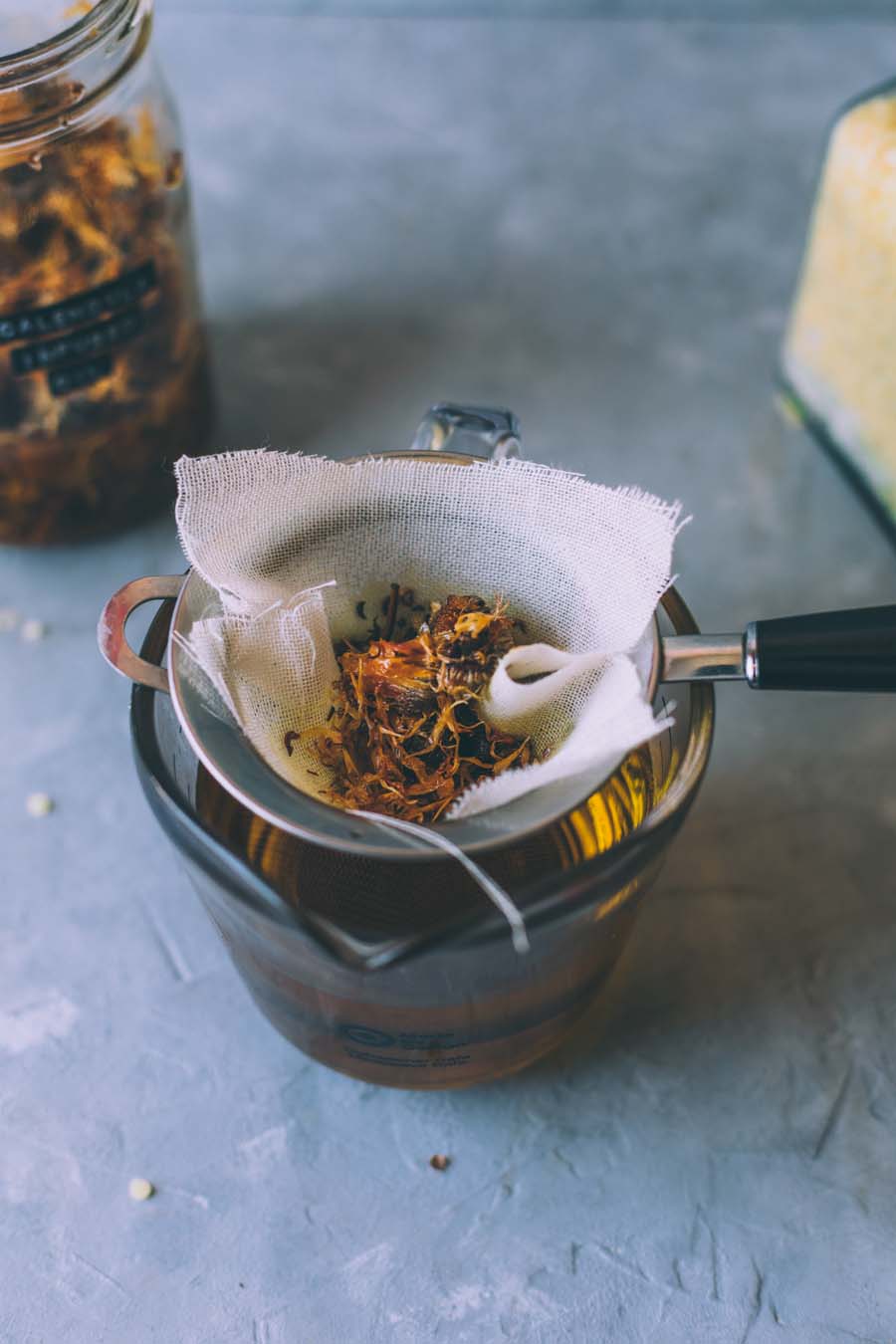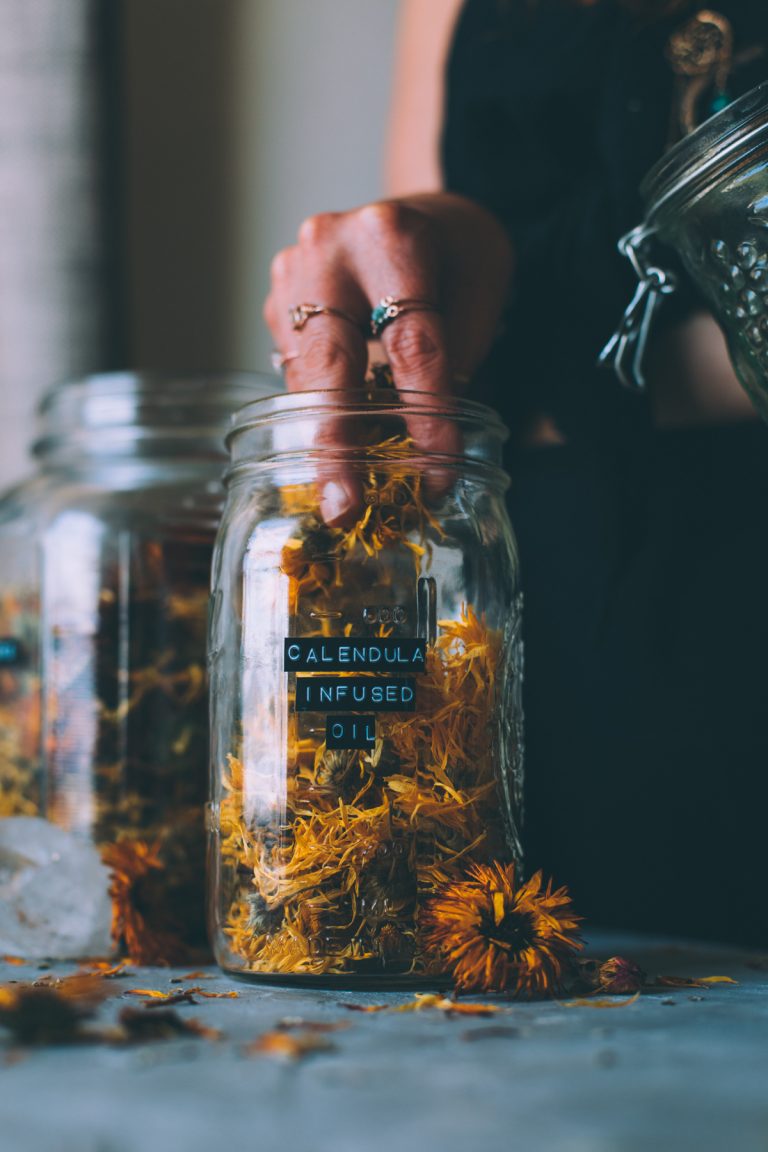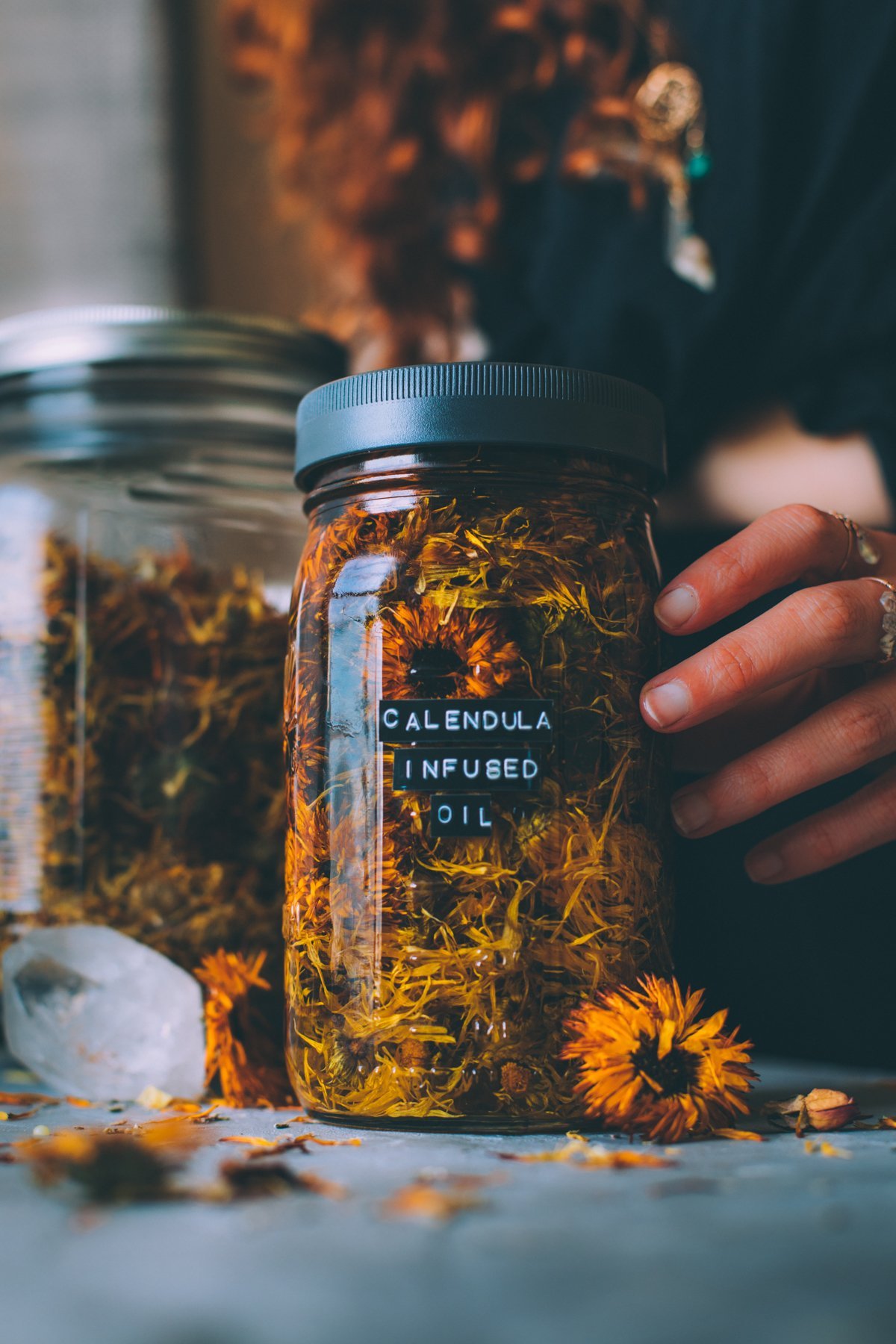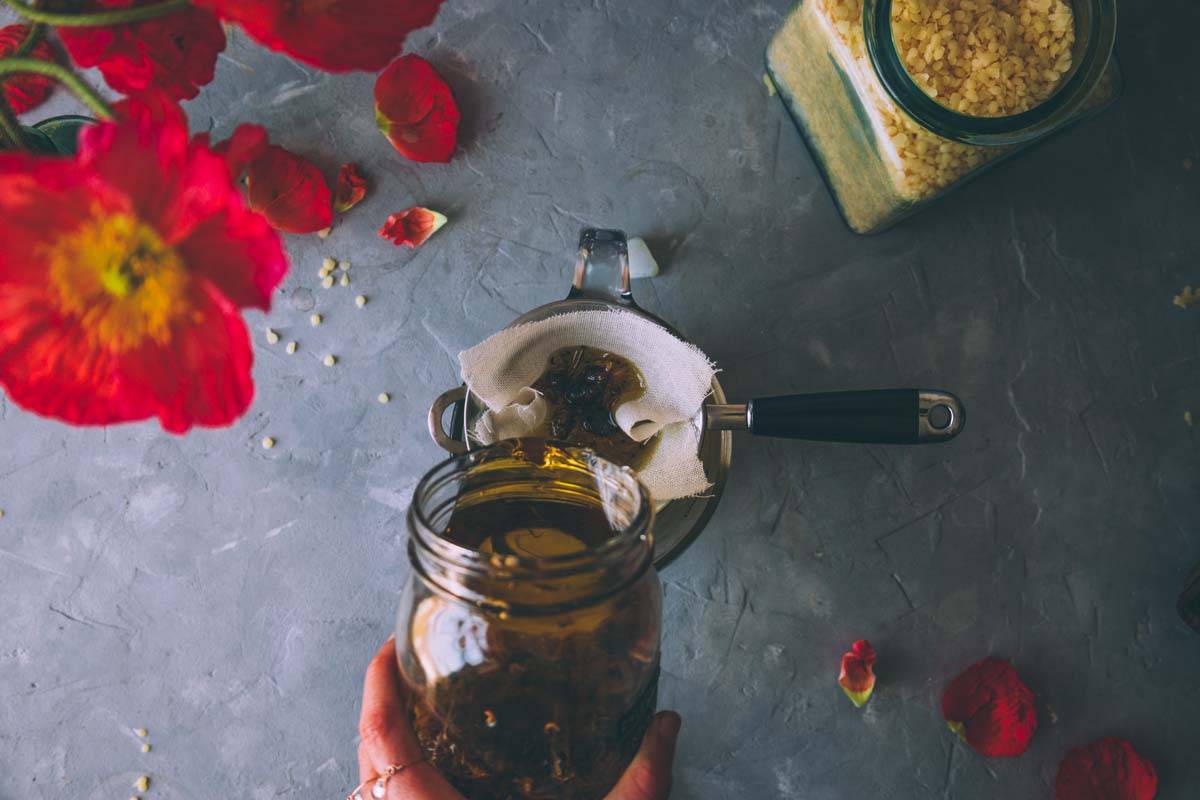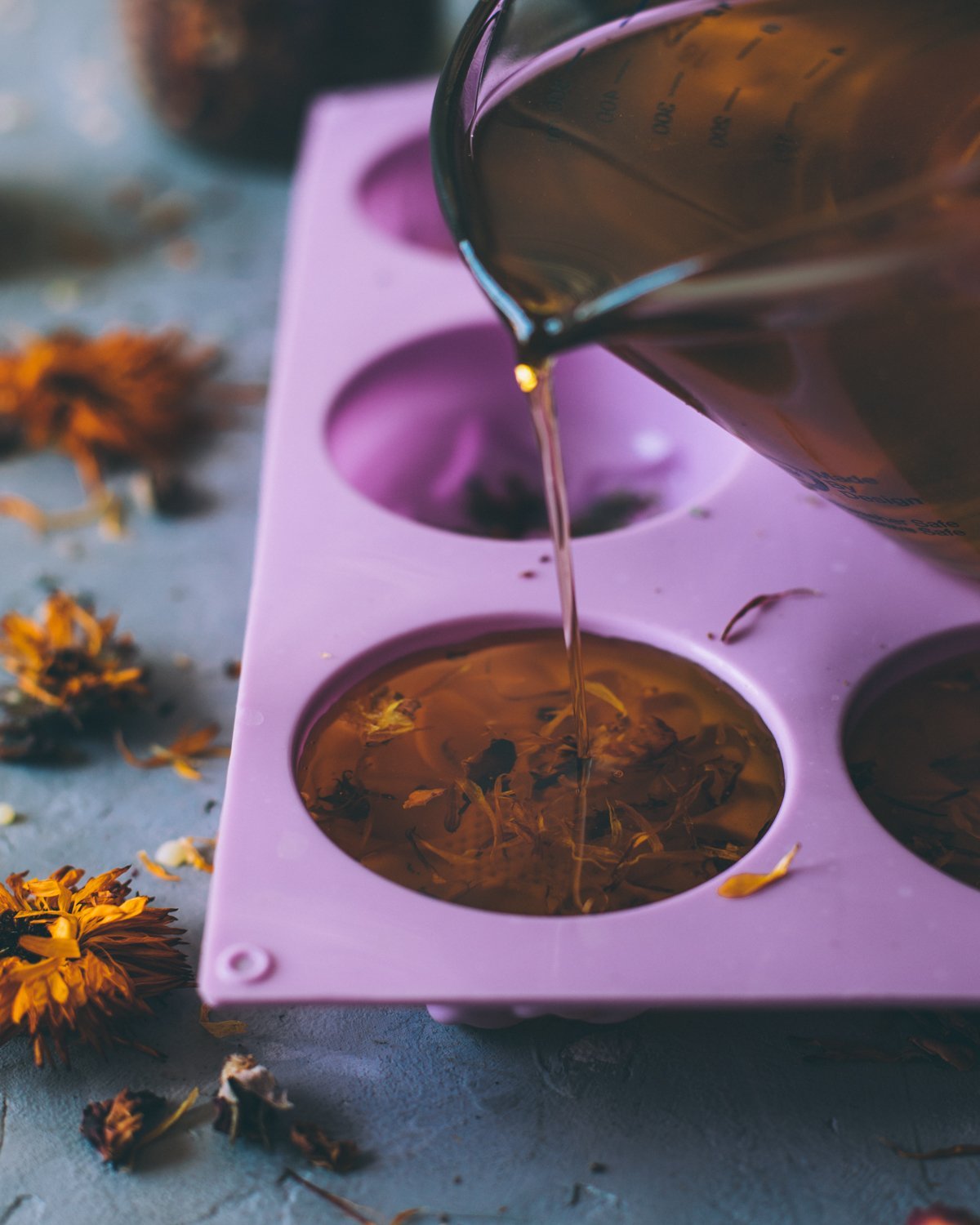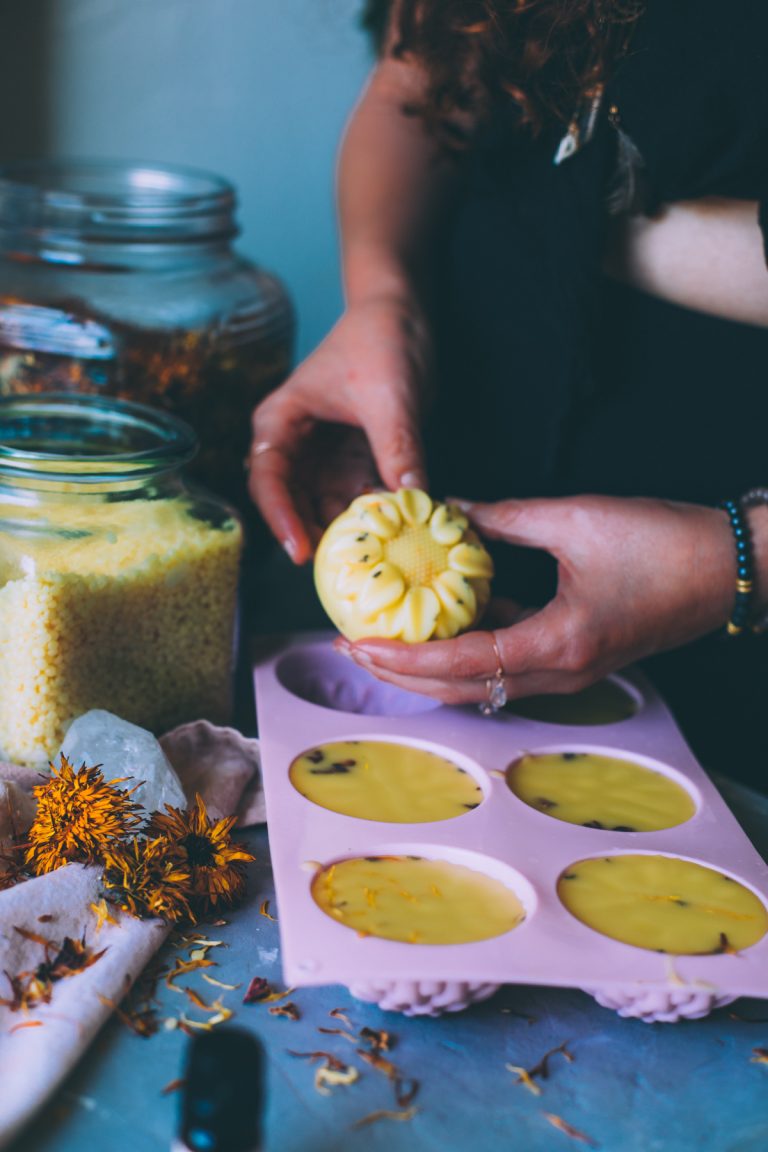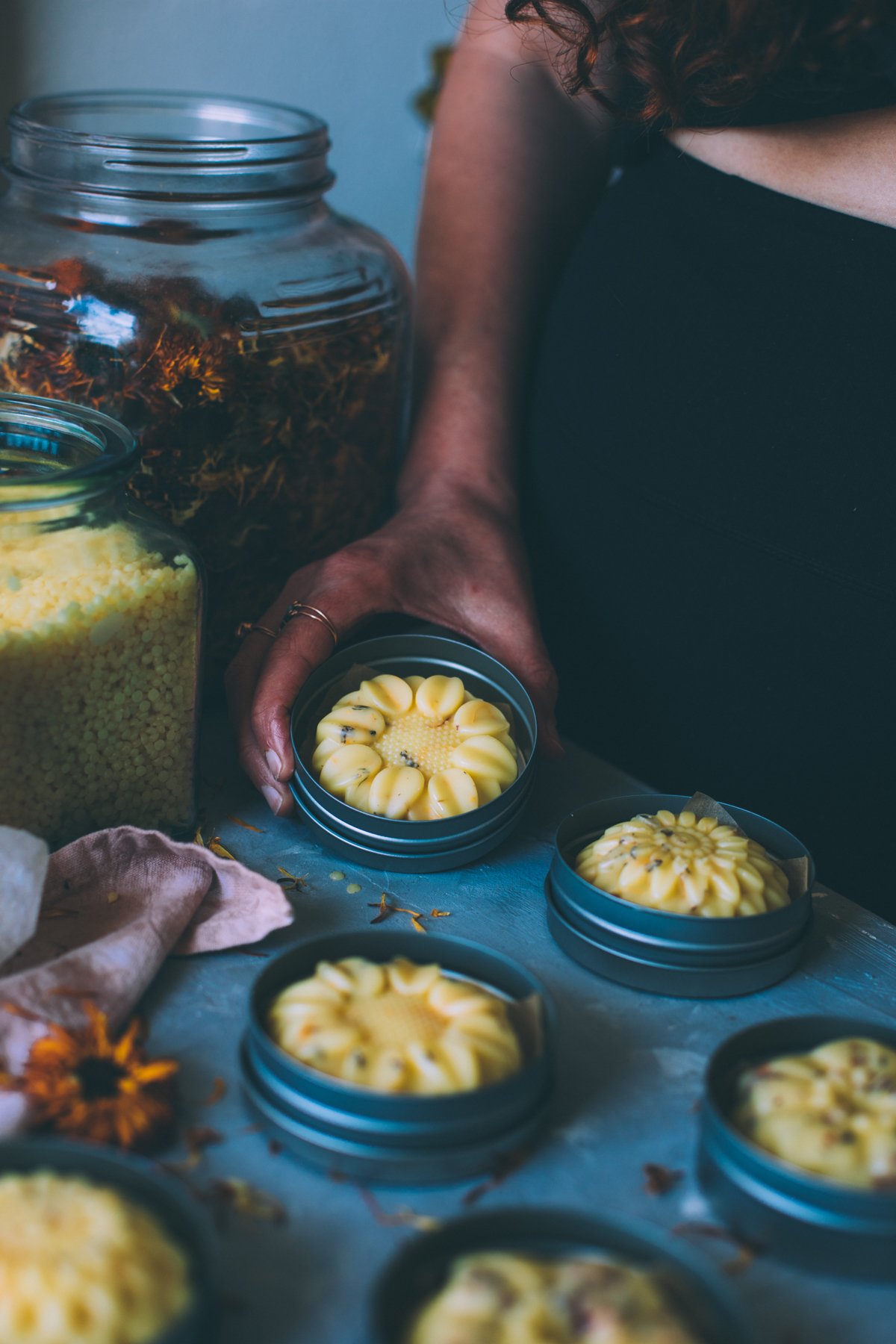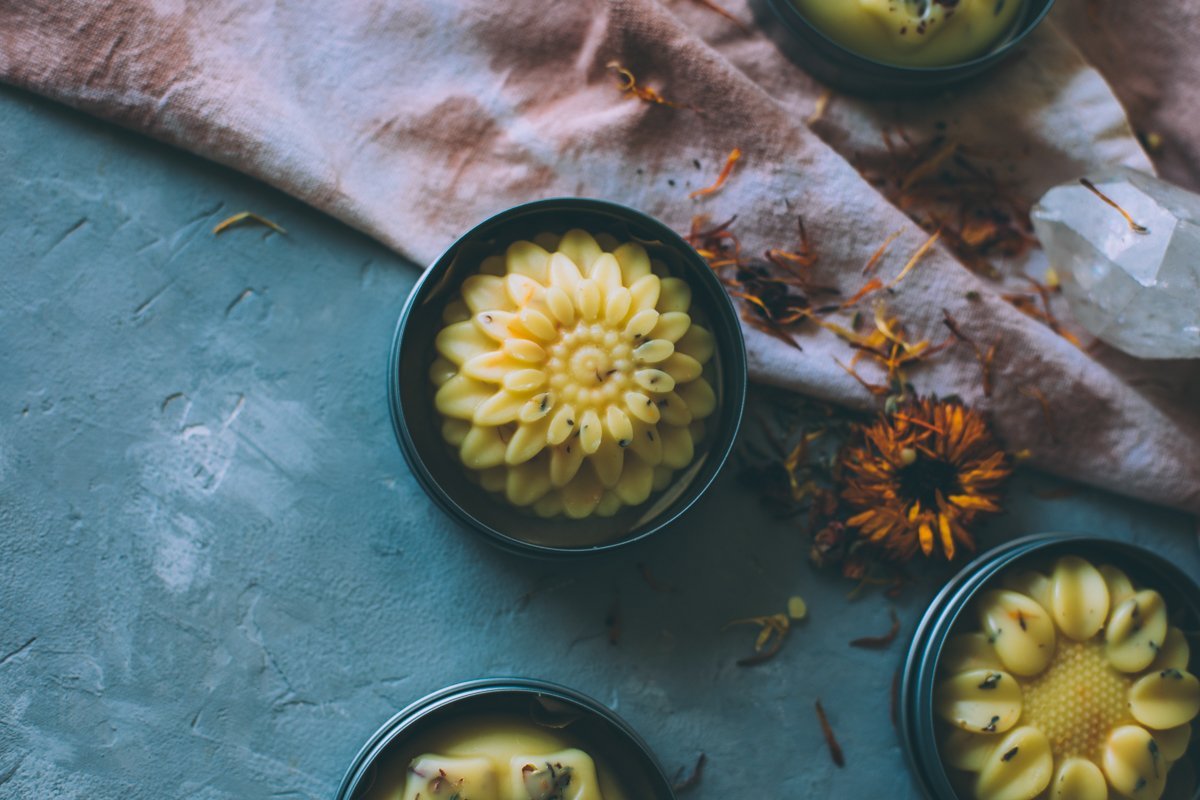Long flowing hair – a shimmering cascade down your back, a luxurious wave that frames your face. It’s an alluring vision, but the reality often involves frustratingly slow growth and seemingly endless patience. While extensions offer instant gratification, they can be costly and lack the natural beauty of your own locks. So, for those of us determined to grow our hair out naturally, fear not!Here, we have compiled 14 hair-growth tricks that will help you achieve perfect long hair.
HOW FAST DOES HAIR REALLY GROW?
Hair growth, while often romanticized as a swift and transformative process, is a meticulously orchestrated biological phenomenon with a measured pace. On average, human hair grows at a rate of approximately 0.5 inches per month, with a potential maximum of 0.7 inches in individuals with exceptionally favorable genetic and environmental factors. This seemingly slow rate, however, is dictated by a complex interplay of variables, including individual genetic predisposition, age, overall health and nutritional status, and scalp health and blood flow. Additionally, hair care practices, such as the use of harsh chemicals, excessive heat styling, and tight hairstyles, can significantly impact growth rate. While the inherent desire for rapid transformation is understandable, it is crucial to recognize that hair growth is a natural cycle with inherent phases of active growth, dormancy, and shedding. Therefore, adopting a patient and consistent approach to hair care, emphasizing scalp health and nourishment, is key to maximizing hair growth potential
HOW TO MAKE YOUR HAIR GROW FASTER AND STRONGER
Let Wet Hair Be
Hair is highly elastic when wet, and brushing it in a dripping state may lead to strand breakage or damage to the protective cuticle, composed of shingle-like cells on each hair. Employing heat tools on very wet hair can result in bubbles forming in the hair shaft, increasing its fragility. For straight hair, allow it to air-dry before gently combing with a wide-tooth comb. For textured or curly hair, delicately detangle using a wide-tooth comb while it’s still damp. This approach helps preserve the integrity of the hair structure and reduces the risk of damage during the styling process.
Take Care With Color
Bleaching and other chemical hair treatments, such as perms, have a weakening effect on your hair, making it more susceptible to breakage before achieving the desired length. Opting for a hair color close to your natural shade, around three shades different, requires less damaging peroxide. It’s advisable to conduct a spot test with store-bought dye before applying it to your entire head to ensure compatibility and minimize the risk of adverse reactions.
Stress Less
Intense stress can induce a resting phase in hair, bypassing the stage that stimulates growth. This heightened stress level may elevate the risk of experiencing alopecia areata, a condition where the immune system targets hair follicles. Additionally, it could lead to trichotillomania, a compelling urge to pull out hair. Managing or reducing stress in your life may contribute to the regrowth of your hair in such situations.
Meds Can Help or Hurt
Minoxidil, available over the counter, is a medication that can aid in retaining existing hair and potentially regrowing lost hair. However, consistent use is necessary to maintain results. Prescription medications like spironolactone (Aldactone) and finasteride (Propecia) are also available for treating hair loss. Remember that certain medications, such as beta-blockers and amphetamines, may have hair loss as a side effect. If you experience this, consult your doctor to discuss alternative options.
Cool It Down
Frequent heat styling can lead to hair breakage and damage, hindering the desired rate of hair growth. If you regularly undergo blow-outs or utilize hot styling tools such as curling irons or straighteners, it’s important to take precautions:
- Apply Heat Protectant: Before using any heat, spritz on a heat protectant to shield your hair from potential damage.
- Opt for the Coolest Setting: When using styling tools, choose the coolest setting to minimize the impact of heat on your hair.
- Work Swiftly: Perform your styling tasks quickly to reduce the duration of heat exposure to your hair.
- Limit Frequency: Avoid using heat styling tools on a daily basis to give your hair time to recover and minimize the risk of damage.
Handle With Care
If your hair is prone to breakage, it requires additional care.
- Avoid Over-Washing: Limit washing to the necessary frequency, typically weekly or every other week, to eliminate product buildup without stripping natural oils.
- Professional Relaxing: If you opt for hair relaxing, entrust the process to a professional. Minimize touch-ups, scheduling them only every 2-3 months and exclusively for new hair growth.
- Hot Oil Treatments: Pamper your hair with a hot oil treatment every few weeks to nourish and strengthen it, promoting overall health and resilience.
Take Care With Extensions and Braids
Using extensions or a weave may seem like a convenient way to achieve desired long locks, but it’s essential to follow guidelines for hair health. Avoid wearing them continuously for more than 2-3 months, and never attempt to remove them yourself to prevent harm to your hair and scalp. If styling with extensions, braids, weaves, or cornrows causes discomfort, it indicates excessive tightness, potentially damaging your hair. In such cases, request an adjustment to avoid harm, ensuring your hair remains healthy and vibrant.
Get Into Condition
Applying conditioner every time you shampoo is essential. This not only helps enhance the activity and appearance of the hair but also reinforces and protects against harmful UV rays from the sun. For those with thin hair, focus on applying conditioner to the tips of the hair to avoid weighing it down. In the case of black hair, remember to cover the tips thoroughly to nourish and strengthen the fragile ends. You should choose hair regrowth conditioners that are suitable for` your scalp to avoid any adverse effects.
Brush Gently When Detangling
Properly detangling knots in your hair can be a test of patience, yet it’s a crucial step for fostering faster hair growth and should not be hurried. If you’re prone to hastily running a brush through your hair, it’s worth reconsidering your approach. Rushing through the detangling process can lead to hair breakage and split ends, which is counterproductive to the goal of promoting hair growth. When brushing your hair, opt for a slow and gentle technique to ensure optimal care.
Get a Trim
How can a haircut contribute to hair growth? When you get a trim, the portions removed are the ends, which are the most vulnerable parts of the strands. Without regular trims, these ends may break or split, leading to potential damage. Split ends can ascend the hair shaft, causing further shortening. However, it’s essential not to cut too much, especially if growth is your objective. Since hair typically grows about half an inch per month, consider aiming for a quarter-inch trim every three months to maintain healthy hair without compromising your growth goals.
Don’t Lose Weight Too Fast
When aiming to lose weight, it’s important to ensure that your hair doesn’t suffer in the process. Similar to stress, sudden weight loss can also contribute to hair loss. In cases where there’s insufficient protein intake, the body prioritizes essential functions over hair growth. Once nutrition returns to normal, hair typically regrows. However, opting for a healthy, gradual diet plan is a more favorable approach for both your overall well-being and the health of your hair.
Take A Hair-Boosting Supplement
Enhance your protein intake by incorporating vitamins for hair growth into your routine. You can consult your GP for personalized advice on the right combination of vitamins and minerals. The following essential nutrients play a crucial role in promoting healthy hair growth and preventing hair loss:
- Zinc
- Iron
- Omega-3 fatty acids
- Vitamin A
- Vitamin C
- Vitamin E
Use a weekly hair mask
Indulging in a weekly hair mask can effectively untangle your strands, provide essential hydration, and diminish the look of damaged hair. Hydrate & Recharge Deep Soak Masque is enriched with ultra-smooth, nutrient-rich drops featuring monoi oil and keratin. It caters to the needs of dry, brittle hair, offering a dose of tender loving care. Pro tip: Apply the masque to damp hair, then wrap it in a warm towel for 5 minutes to enhance the absorption and penetration of the treatment into your hair.
Try an Egg Yolk Mask
The average monthly hair growth is about a quarter to half an inch, and though we can’t accelerate this rate, we can influence the quality of each hair shaft produced by the follicles. This means we can enhance thickness, strength, and shine. Stimulate a higher percentage of hair follicles in the scalp, keeping more hair in the growing phase and resulting in thicker, healthier, and fuller hair. Proper hair care is vital for natural hair growth. If your hair tends to break before reaching shoulder length, a remedy could be an egg yolk mask. Eggs contain lecithin and protein, providing strength, nourishment, and healing properties for your strands. Additionally, the high sulfur content in eggs may contribute to addressing dandruff issues.
WHEN TO SEE A DOCTOR ABOUT HAIR GROWTH

Observing notable changes in hair growth, such as sudden loss, thinning, or irregular patterns, necessitates consultation with a doctor. These issues might indicate underlying health conditions, hormonal imbalances, or nutritional deficiencies. Seeking professional advice is crucial, particularly if hair loss impacts well-being, especially without an apparent cause. A healthcare provider can pinpoint root causes and suggest treatments or lifestyle adjustments for optimal hair health. Any concerns regarding reduced hair growth, severe damage, or significant changes should prompt a doctor’s visit to address potential nutrient deficiencies and receive personalized recommendations.
Conclusion
Hair is a crucial aspect of one’s appearance, and many aspire to have thick and healthy locks. In this article, we have provided you with 12 most effective methods to stimulate faster hair growth. From maintaining a balanced and nutrient-rich diet to using suitable hair care products, these approaches aim to optimize the conditions for your hair to grow at its fastest pace. To achieve the quickest results, feel free to try these methods and share your feedback with us!
FAQs
- Does Hair Grow Faster When You Cut It?
No, cutting your hair doesn’t make it grow faster. Hair growth occurs at the hair follicles in the scalp, and trimming the ends doesn’t affect the rate at which your hair grows from the roots.
- Does Clean Hair Grow Faster?
No, the cleanliness of your hair doesn’t affect its growth rate. Keeping your hair clean and maintaining a healthy scalp can contribute to overall hair health, but it doesn’t impact the speed at which hair grows.
- How To Make Your Hair Grow Stronger?
To strengthen hair growth, focus on internal and external factors. A nutrient-rich diet with biotin and iron supports hair health, while hydration aids overall bodily functions, including hair growth. Regular trims prevent split ends, and using a mild, oil-preserving shampoo and conditioner minimizes breakage. Limit heat styling, opt for protective styles, and avoid excessive chemical treatments to maintain hair strength.
- Does short hair grow faster?
No, the rate of hair growth is not influenced by the length of the hair. Hair growth is primarily determined by genetics, health, and hormonal factors, rather than the current length of the hair. All hair follows a natural growth cycle with distinct phases, and while the appearance of shorter hair may give the illusion of faster growth, it doesn’t impact the actual growth rate.
- Does hair grow at night?
Your blood circulates and runs your body every second, so hair grows slowly in every moment. When you’re sleeping, your body is still functioning, so of course your hair also grows.

